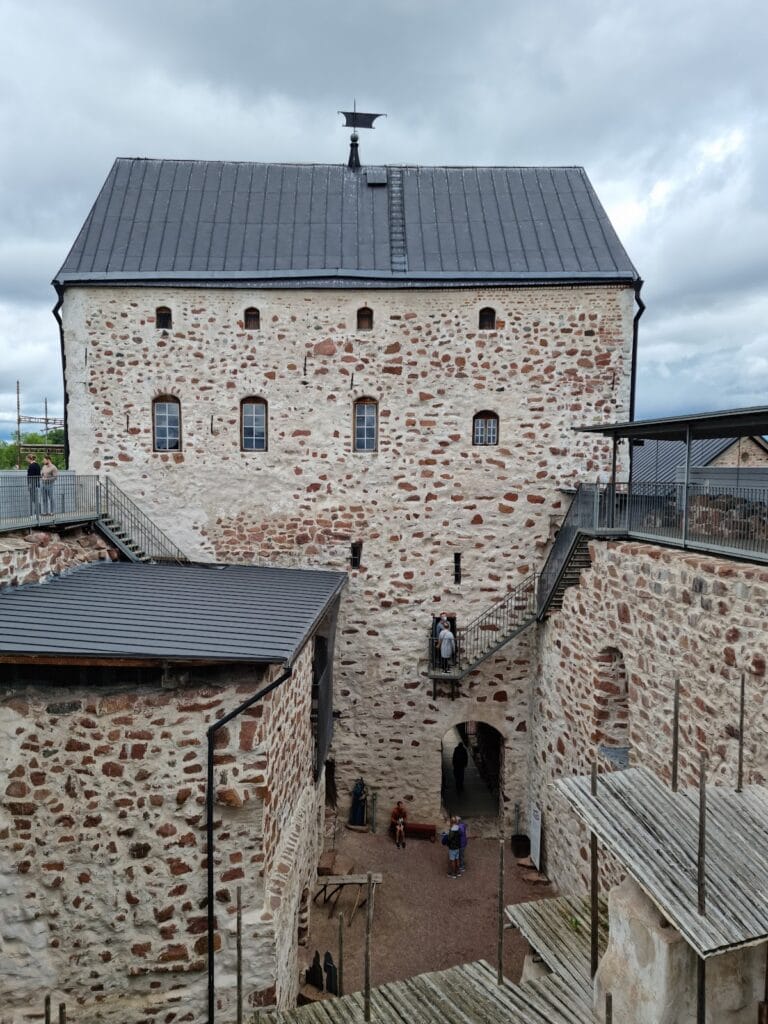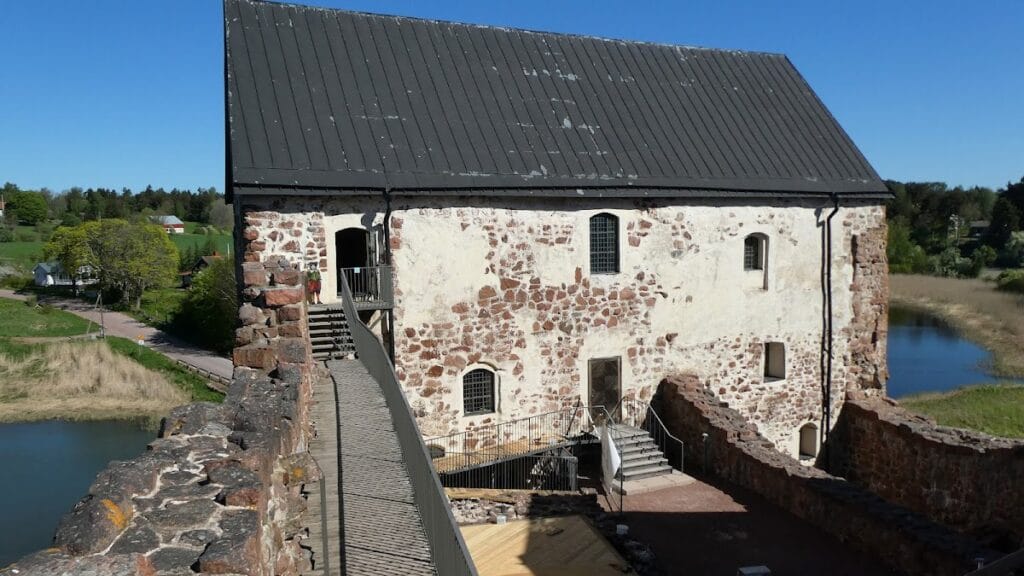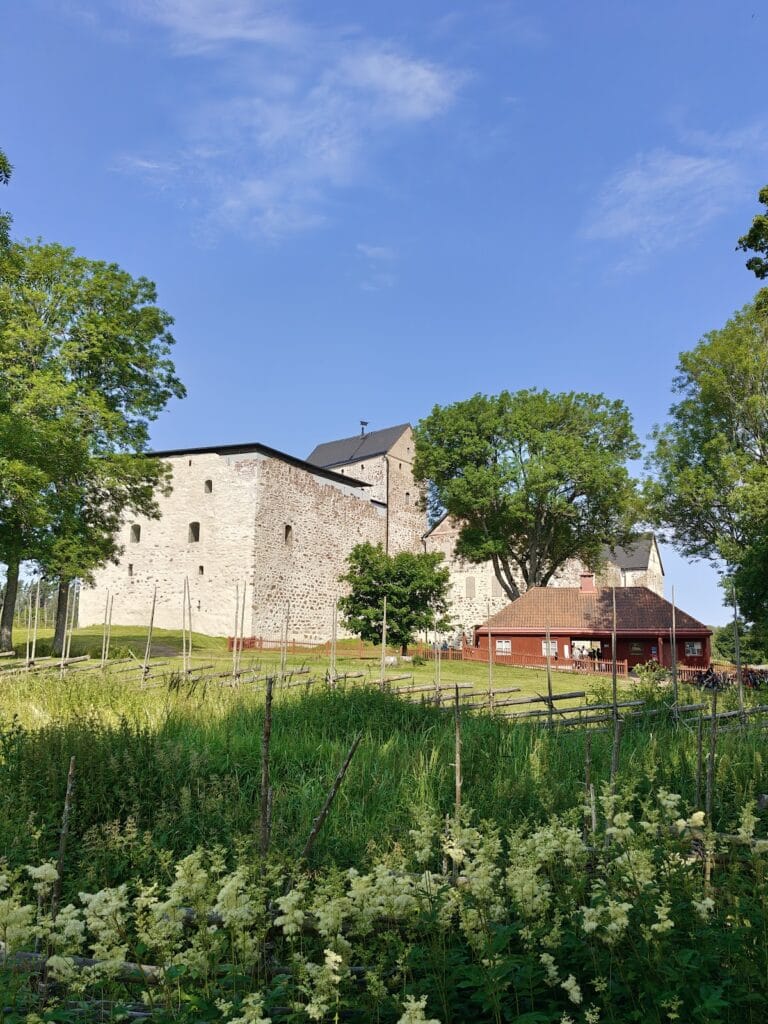Kastelholm Castle: A Medieval Stronghold in Åland, Finland
Visitor Information
Google Rating: 4.4
Popularity: Medium
Google Maps: View on Google Maps
Official Website: www.kastelholm.ax
Country: Finland
Civilization: Medieval European
Remains: Military
History
Kastelholm Castle is located on a small island in the municipality of Sund, Åland, Finland. It was built starting in the 1380s by Swedish settlers and nobles, marking its origins as a medieval stronghold in the Baltic region. The earliest known record of Kastelholm dates to 1388, when ownership transferred to Queen Margaret I of Denmark from the Swedish noble Bo Jonsson Grip.
During the 15th century, the castle became the administrative center of Åland, reflecting its strategic significance in the region. In 1433, it was subjected to a siege amid the Engelbrecht rebellion, highlighting its involvement in the broader political conflicts of the period. Over time, Kastelholm was held as a fief by various Danish and Swedish nobles, and it underwent expansion projects linked to Gustav Vasa prior to his reign. Danish forces under the command of Søren Norby seized the castle around 1505 or 1507, although it was later reclaimed by Swedish forces.
In 1571, a notable episode occurred when King John III of Sweden imprisoned his brother, the deposed Eric XIV, within Kastelholm’s walls. The castle’s military importance made it a focal point during the 1599 civil war connected to the War against Sigismund. At that time, the forces of Charles IX captured Kastelholm after bombarding it with artillery, leaving the structure heavily damaged. Repairs were completed by 1631; however, the castle’s administrative role diminished following the integration of Åland into Turku County in 1634.
In the decades that followed, Kastelholm’s purpose shifted. It became a site for witch trials during the 1660s and was later used as a prison. A significant fire in 1745 destroyed much of the castle, after which the northern wing survived and was converted into a granary. This granary function persisted until the 1930s. Following a period of abandonment beginning in the 1770s, archaeological excavations and restorations were conducted during the 1980s. Since the 1990s, Kastelholm has served as a museum and cultural site, preserving the castle’s historical legacy and showcasing its varied past.
Remains
Kastelholm Castle occupies a roughly 1.7-hectare island naturally surrounded by water. Its defenses were enhanced with moats lined by wooden poles designed to deter boats from landing. The core of the complex is a rectangular stone keep measuring about 30 by 20 meters, surrounded by a robust defensive wall approximately three meters thick. Adjacent to the main keep stands a three-story residential wing or palace that provided living quarters within the fortification.
To the north of the main structure lies an outer bailey—an enclosed courtyard area—measuring roughly 45 by 25 meters, approximately twice as wide as the keep itself. This outer bailey was connected to the main castle by a gate tower built during the 15th century. A second gate tower was added in the 16th century between the outer bailey and the outer perimeter defenses. These two towers were eventually merged into a large donjon known as the Kuuritorni, or Curtain Tower. The Kuuritorni contains a small prison room located on its third floor, reflecting its role in detaining prisoners.
The castle was primarily constructed from brick and mortar, materials typical for medieval fortifications in the region. Wooden defensive palisades supplemented the stone walls and water defenses, adding additional layers of protection. Within the complex stood a chapel dedicated to Berard of Carbio and four Moroccan martyrs, though the precise location of this chapel has not been identified through archaeological work.
Of the original buildings, the northern wing survived the devastating fire of 1745 better than other parts of the castle. Following the fire, this wing was converted into a granary and remained in use for this purpose until the 1930s. While the castle’s interiors have not survived intact, restoration efforts in the late 20th century have sought to reconstruct stylistic elements to give visitors a sense of the original spaces. Archaeological artifacts uncovered on-site are displayed within the museum, providing tangible connections to Kastelholm’s long and varied history.




